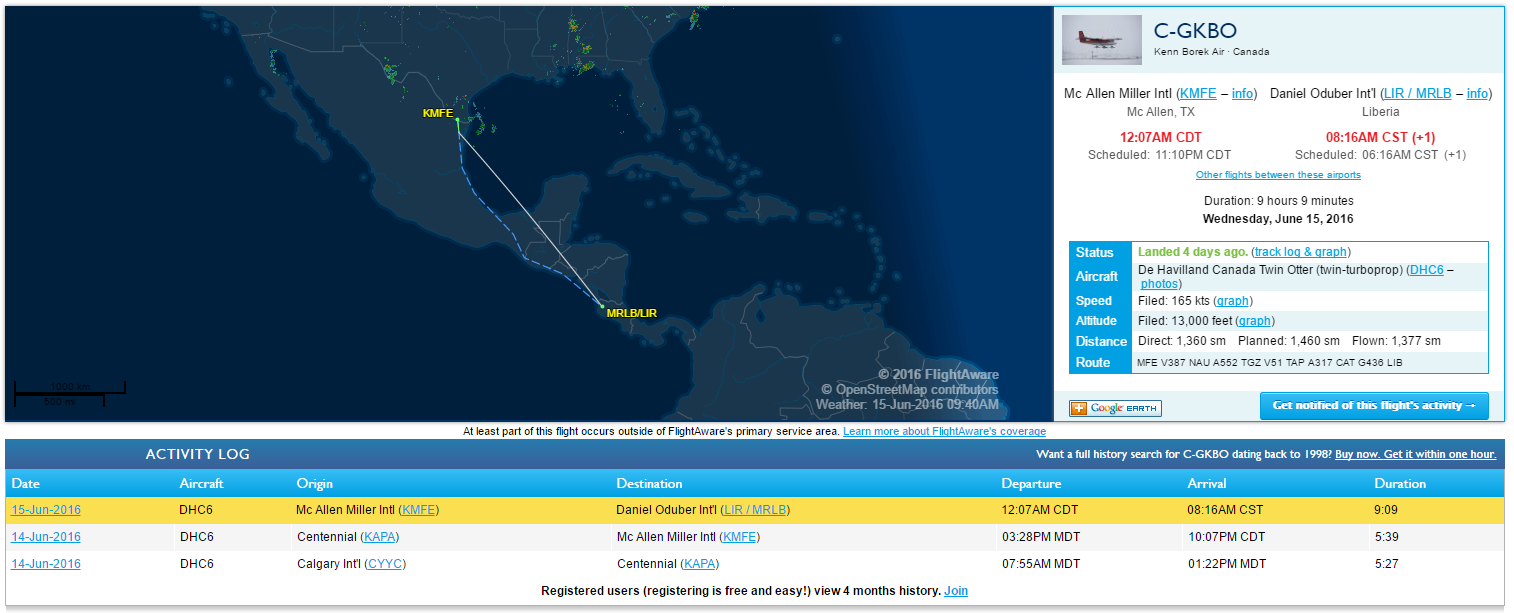If there’s one place that is incredibly hard to get on Earth, it is Antarctica. In fact, flying, for 6 months out of the years is near impossible. But soon, there will be a rare flight there, in the heart of winter.
The Washington Post has a great article on a mission of two de Havilland Canada DHC-6 Twin Otters to Antarctica’s Amundsen-Scott Research Station, during the Antarctic winter.
Picture this: You’re flying in total darkness, no light pollution to speak of for hours, except for, maybe a make-shift runway, assuming you can make it to your destination. You’re flying to a place that is as low as -75 degrees Celsius (-103 degrees Fahrenheit). Even if you make it to the South Pole, you still could encounter issues leaving, at those very, very cold temperatures.
Rare Flight
Based on the article, there have only been two previous missions to fly to the South Pole during the heart of the Antarctic Winter. No other plane can make this trip, other than the Twin Otter. The reason for the flight, is that one or two of the skeleton crew at the research station are ill enough to warrant it. The details of this illness are not provided, but we can assume that they may not be able to make it the six months until regular flights are possible.
The reason there are two Twin Otter’s heading down, is so that:
One plane and its crew will remain behind to provide search and rescue capability should the main plane go down.
Pragmatic, I suppose.
You can track the rescue mission here, as of this writing, the Twin Otters have made it to Liberia. The article states that they should make it to Antarctica by the end of the week.

Antarctica Rescue Aircraft Location via FlightAware
Wrapping Up
I found the article itself a good read. Antarctica is a place I think many of us consider as a place it would be great to see. Most can only see it via cruises. It will be interesting to follow this rescue mission. Hopefully all goes well, and the two researchers are rescued, and all crew members and aircraft make it back safely.
Why can the Twin Otter make the trip when other planes can not ?
@Dalo – an excellent question – a few reasons: First the Twin Otter’s are bush planes, meaning they don’t need a traditional runway. They are winter-proofed and have simpler mechanics that can fly in temperatures as low as 103 degrees Farenheit. C-130’s (the other logical choice) cannot fly in as cold temperatures…
Thanks for the information , Trevor, about the Twin Otter. I knew the Beavers and Otters were legendary bush planes but I didn’t know the Otter (or any plane ) could operate in such extreme cold .
Come to think about it , it’s fierce cold at 30,000 feet but landing , take off and startup are not involved at such times .
@Dalo – yeah – that’s the problem. There are reports of the last time a rescue was attempted, the oil within the gears for flaps and such froze. Skis froze to the runway. They still got out safely. Pretty impressive if you ask me!
Pingback: Antarctic Medical Evacuation Update - Tagging Miles